
气动噪音仿真(fluent)
28页1、Tutorial: Modeling Flow-Induced (Aeroacoustic) Noise Problems Using FLUENT Introduction This tutorial demonstrates how to model 2D turbulent fl ow across a circular cylinder using large eddy simulation (LES) and compute fl ow-induced (aeroacoustic) noise using FLUENTs acoustics model. You will learn how to: Perform a 2D large eddy simulation. Set parameters for an aeroacoustic calculation. Save acoustic source data for an acoustic calculation. Calculate acoustic pressure signals. Postprocess aer
2、oacoustic results. Prerequisites This tutorial assumes that you are familiar with the FLUENT interface and that you have a good understanding of basic setup and solution procedures. Some steps will not be shown explicitly. In this tutorial you will use the acoustics model. If you have not used this feature before, fi rst read Chapter 21, Predicting Aerodynamically Generated Noise, of the FLUENT 6.2 Users Guide c? Fluent Inc. May 11, 20051 Modeling Flow-Induced (Aeroacoustic) Noise Problems Using
3、 FLUENT Problem Description The problem considers turbulent air fl ow over a 2D circular cylinder at a free stream ve- locity (U) of 69.2 m/s. The cylinder diameter (D) is 1.9 cm. The Reynolds number based on the diameter is 90,000. The computational domain (Figure 1) extends 5D upstream and 20D downstream of the cylinder. U = 69.2 m/s D = 1.9 cm Figure 1: Computational Domain Preparation 1. Copy the fi le cylinder2d.msh to your working directory. 2. Start the 2D version of FLUENT. Approximately
4、 2.5 hours of CPU time is required to complete this tutorial.If you are interested exclusively in learning how to set up the acoustics model, you can reduce the computing time requirements considerably by starting at Step 7 and using the provided case and data fi les. 2c? Fluent Inc. May 11, 2005 Modeling Flow-Induced (Aeroacoustic) Noise Problems Using FLUENT Step 1: Grid 1. Read the grid fi le cylinder2d.msh. File Read Case. As FLUENT reads the grid fi le, it will report its progress in the co
《气动噪音仿真(fluent)》由会员n****分享,可在线阅读,更多相关《气动噪音仿真(fluent)》请在金锄头文库上搜索。
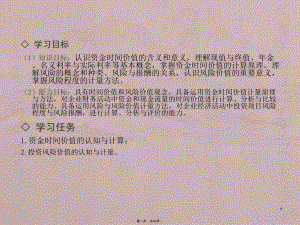
项目二财务管理价值观念
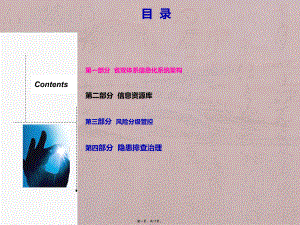
山东省安全生产风险分级管控与隐患排查治理信息化系统交流材料-2018.9.26
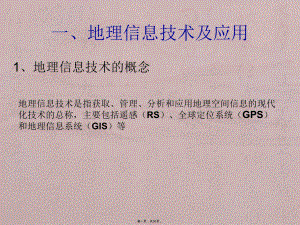
人教版高中地理必修3第一章地理环境与区域发展第二节《地理信息技术在区域地理环境研究中的应用》
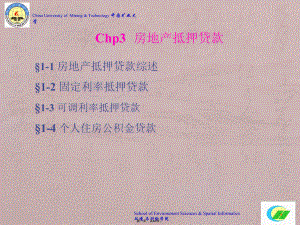
第三章2房地产抵押贷款-固定利率抵押贷款
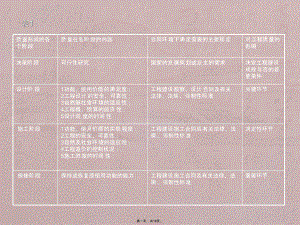
第八章工程质量法律制度
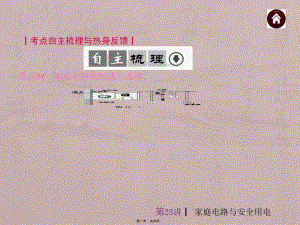
第25讲家庭电路与安全用电
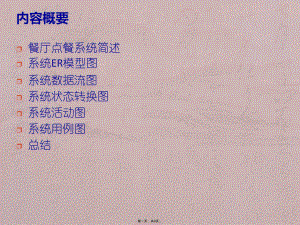
餐厅点餐系统项目
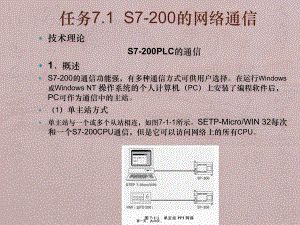
项目7水箱水位控制
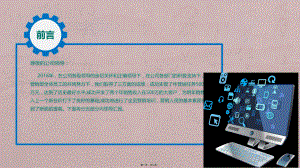
框架完整个人年度工作总结范文模板
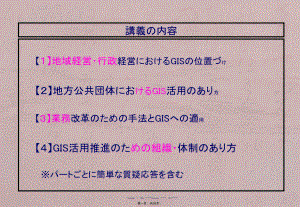
科目名称-国土交通省

金融工程09课件
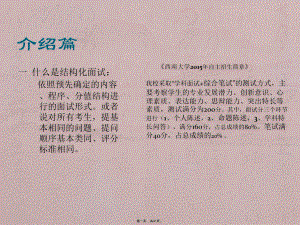
高校自主招生之结构化面试
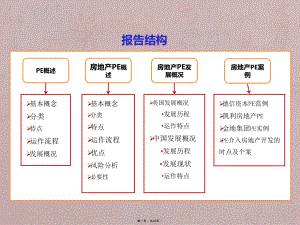
房地产私募股权投资基金(PE)专题研究.
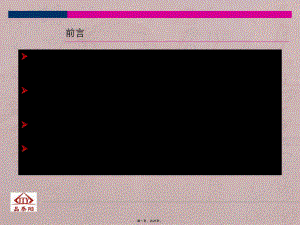
房地产基础知识培训2012
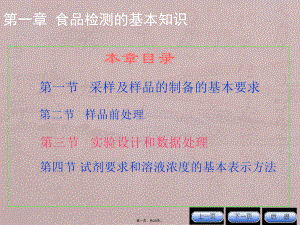
第一章食品检测技术基础知识
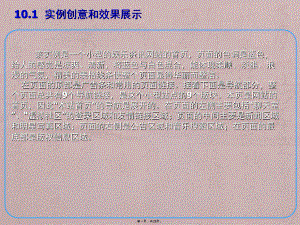
第10章网站设计与建设综合实例
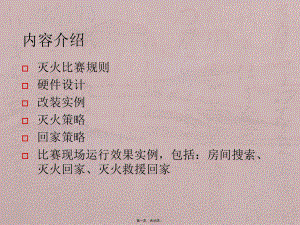
第5章尝试迷人的机器人项目机器人灭火项目
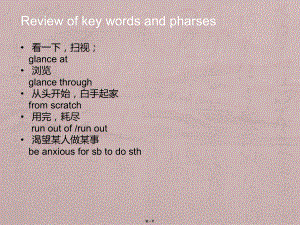
自考英语二unit3
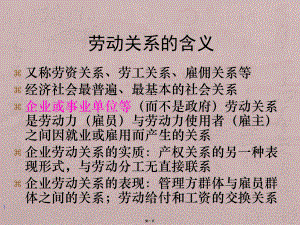
企业人力资源管理师第六章劳动法与劳动关系管理
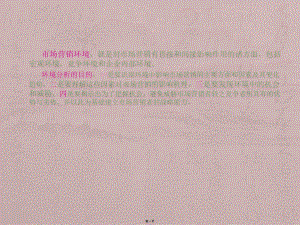
第三章市场营销宏观环境分析
 生猪屠宰检疫规程
生猪屠宰检疫规程
2022-11-05 7页
 学 生 实 验 报 告
学 生 实 验 报 告
2023-08-04 17页
 吉林大学2021年12月《人体解剖学》与吉林大学2021年12月《组织胚胎学》期末考核试题库及答案参考23
吉林大学2021年12月《人体解剖学》与吉林大学2021年12月《组织胚胎学》期末考核试题库及答案参考23
2023-03-31 15页
 南开大学21春《高级会计学》在线作业二满分答案23
南开大学21春《高级会计学》在线作业二满分答案23
2023-08-30 15页
 医学免疫学学习资料:免疫往年题
医学免疫学学习资料:免疫往年题
2023-09-18 3页
 项目竣工验收会议纪要
项目竣工验收会议纪要
2023-10-26 7页
 吉林大学21春《人事行政学》在线作业二满分答案66
吉林大学21春《人事行政学》在线作业二满分答案66
2023-06-24 13页
 兰州大学22春《行政管理学》离线作业一及答案参考42
兰州大学22春《行政管理学》离线作业一及答案参考42
2023-05-03 13页
 2023年医院开展防治结核病主题活动工作方案合计8份
2023年医院开展防治结核病主题活动工作方案合计8份
2022-09-08 17页
 小学数学教学优秀案例
小学数学教学优秀案例
2023-12-25 5页

